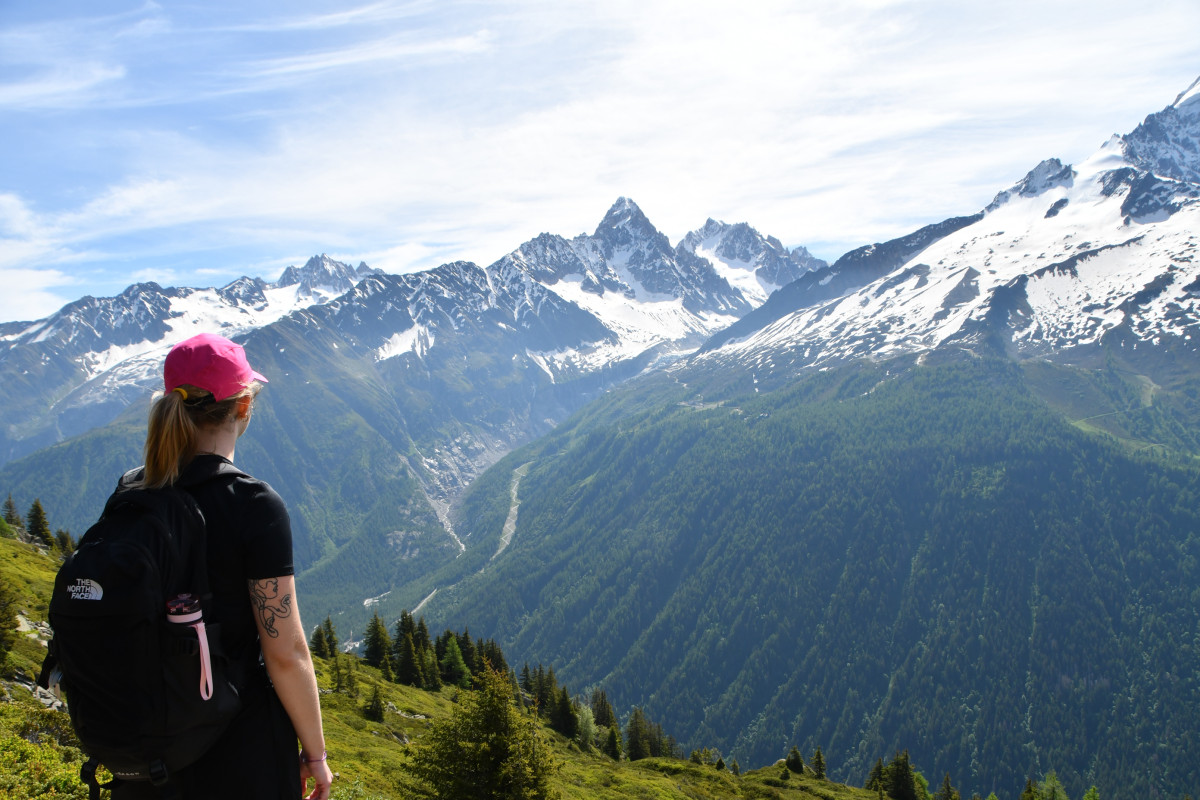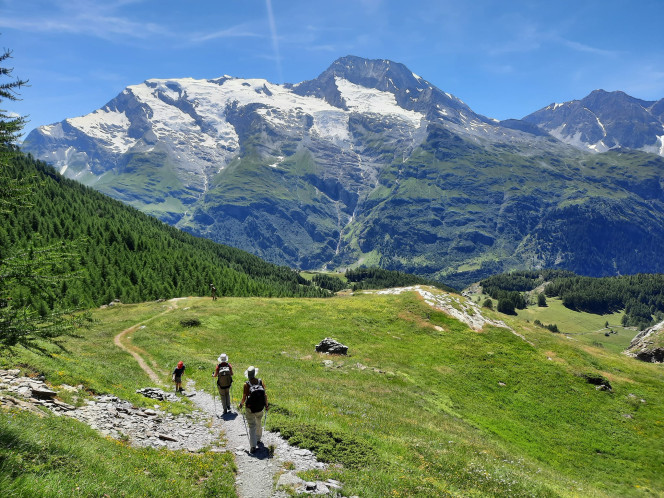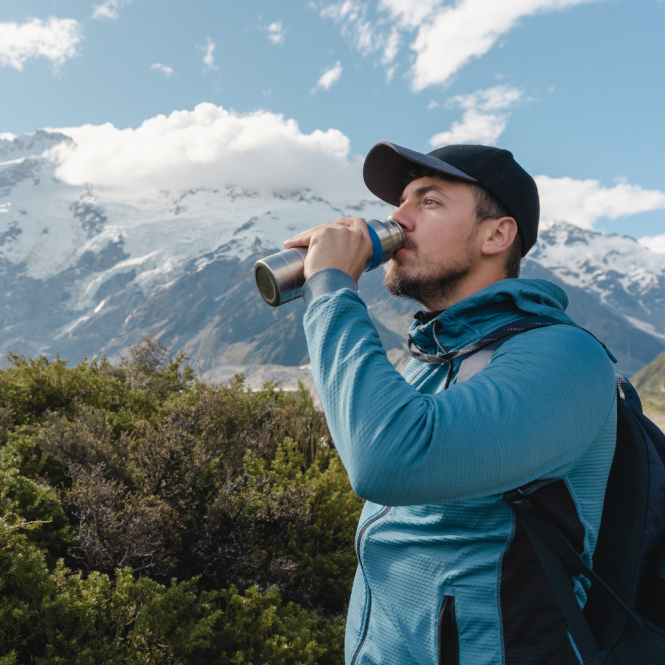💧 Water: an absolute priority.
Plan for up to 2 liters of water, either in bottles or a hydration bladder with an integrated straw so you can drink without stopping. Regular hydration helps prevent fatigue, headaches, and muscle injuries.
Also bring energy-boosting snacks like cereal bars, dried fruits, nuts, or small sandwiches: eat light, but smart.
Don’t forget a waste bag—nature deserves our respect.
👕 Clothing: adapt to the season.
Choose technical, breathable clothing suited to the weather.
- Summer: lightweight t-shirt, cap, sunglasses, sunscreen.
- Autumn: layering system (t-shirt + fleece + waterproof jacket), warm socks.
- Winter: thermal clothing, hat, gloves, waterproof shoes.
- All seasons: always pack a windbreaker, especially at higher altitudes.
🩹 Safety first.
A first aid kit is always a good idea: include band-aids, disinfectant, bandages, tick tweezers, and any personal medication. This small kit can prevent big problems.
Also bring a map or GPS app to stay on track, and a fully charged phone in case of emergency.
🥾 Optional but useful gear:
- Trekking poles to ease joint strain and assist on rough terrain
- Headlamp if you return later than expected
- Binoculars for wildlife lovers!






